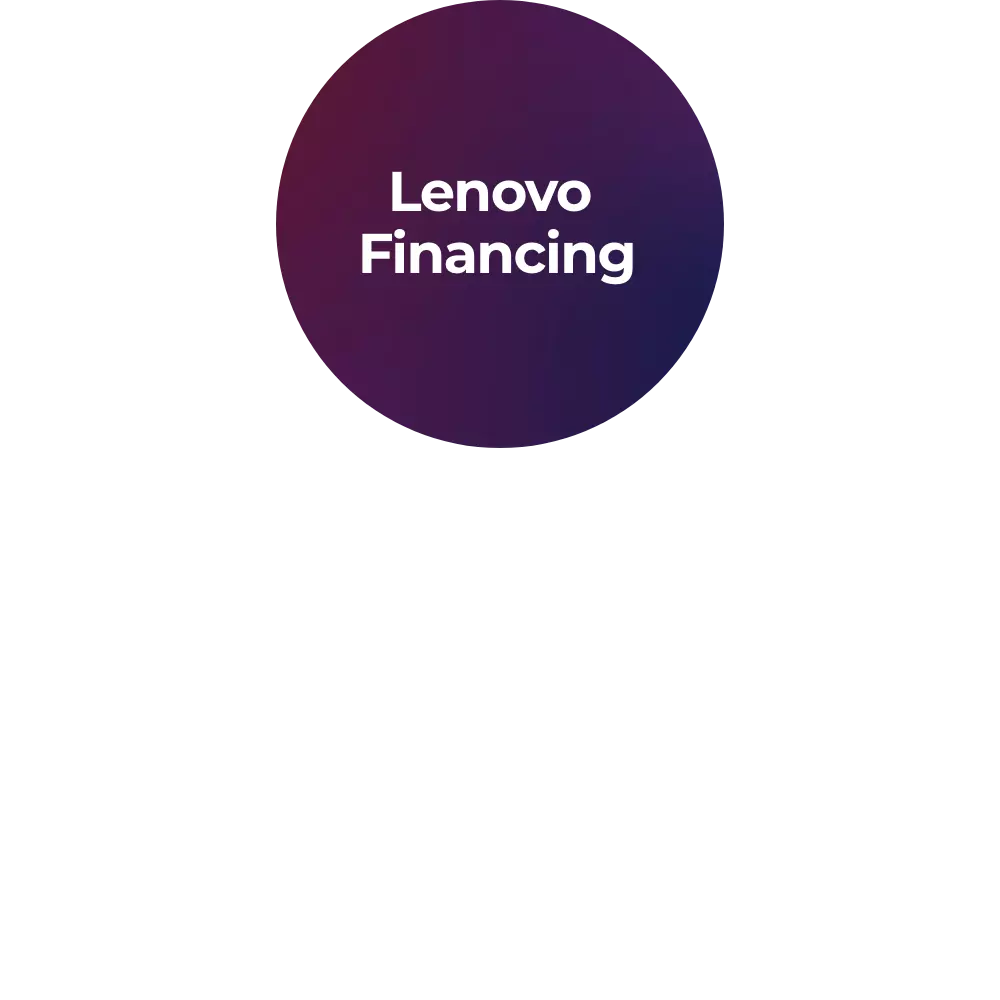What is a floating-point?
A floating-point is a way of representing and performing arithmetic operations on real numbers in computing. It's a numerical data type that allows you to handle values with fractional parts and a wide range of magnitudes. The term "floating-point" refers to the fact that the decimal point can "float" or be positioned anywhere within the number, enabling the representation of both very large and very small numbers.
Why do I need floating-point numbers in computing?
Floating-point numbers are essential in computing because they enable us to work with real-world values that are not whole numbers. Many scientific, engineering, and financial calculations require precise representation of decimal numbers with varying levels of precision. Floating-point numbers allow us to perform these calculations accurately and efficiently.
How are floating-point numbers represented in computers?
Floating-point numbers are typically represented using a standardized format known as the Institute of Electrical and Electronics Engineers (IEEE) floating-point standard. This standard specifies how the numbers are encoded in binary format, consisting of a sign bit, an exponent, and a significand (also called the mantissa). The sign bit determines the positive or negative nature of the number, the exponent represents the scale or magnitude, and the significand stores the fractional part.
Are there different sizes of floating-point numbers?
Yes, there are different sizes of floating-point numbers. The most common sizes are single precision (32 bits) and double precision (64 bits). Single precision allows for a larger range of numbers, while double precision provides increased precision and a larger range. There are also extended precision formats that use even more bits to store floating-point numbers.
How does floating-point arithmetic work?
Floating-point arithmetic works by performing operations on the encoded representations of floating-point numbers. The arithmetic operations (addition, subtraction, multiplication, division) consider the exponent and significand, applying rules defined by the Institute of Electrical and Electronics Engineers (IEEE) standard to ensure accurate results. However, it's important to note that floating-point arithmetic may introduce small rounding errors due to the limitations of finite precision.
What are some common issues with floating-point arithmetic?
One common issue is the limited precision of floating-point numbers. Since computers have finite resources to store and manipulate numbers, certain calculations can lead to rounding errors. This means that the result of a calculation may not be exactly what you expect due to the loss of precision. It's crucial to be aware of these limitations and take appropriate measures when working with floating-point numbers.
Can I give an example of a rounding error in floating-point arithmetic?
Sure, let's say you have two floating-point numbers, 0.1 and 0.2, and you add them together. In decimal arithmetic, the sum would be 0.3. However, due to rounding errors in floating-point arithmetic, the result might be a number like 0.30000000000000004. While this deviation may seem small, it can accumulate and impact the accuracy of subsequent calculations if not properly managed.
How can I minimize rounding errors when working with floating-point numbers?
To minimize rounding errors, it's important to understand the limitations of floating-point arithmetic and employ techniques such as rounding, truncation, or using extended precision when necessary. Additionally, some programming languages and libraries provide specialized functions for high-precision arithmetic or decimal arithmetic, which can help reduce rounding errors in specific scenarios.
Are there any special values in floating-point?
Yes, there are special values in floating-point representation. Two commonly encountered special values are positive and negative infinity, represented as "inf" and "-inf," respectively. These values occur when calculations result in numbers that exceed the range of representable values. Another special value is "NaN" (Not a Number), which is used to indicate an undefined or invalid result, such as the square root of a negative number.
Can I perform comparisons with floating-point numbers?
Yes, you can perform comparisons with floating-point numbers. However, due to rounding errors, direct equality comparisons between floating-point numbers can be problematic. It's often recommended to use a tolerance or an epsilon value, which is a small threshold, to determine if two floating-point numbers are approximately equal within a certain range.
Can I convert floating-point numbers to integers?
Yes, you can convert floating-point numbers to integers. Most programming languages provide functions or methods to convert floating-point numbers to integers, allowing you to extract the whole number part and discard the fractional part. Remember that this conversion may result in truncation or rounding, depending on the conversion method used.
Can floating-point numbers accurately represent all decimal values?
Floating-point numbers cannot accurately represent all decimal values due to the finite precision of their binary representation. Some decimal numbers, such as simple fractions like 1/3 or recurring decimals like 0.1, cannot be precisely represented in binary. These numbers may result in rounding errors or approximations when stored and manipulated as floating-point values. It's important to be aware of this limitation when working with decimal values that require high precision.
Can I mix floating-point numbers with integers in calculations?
Yes, you can mix floating-point numbers with integers in calculations. Most programming languages provide implicit or explicit conversion between integer and floating-point data types. When performing calculations involving both floating-point and integer values, the floating-point numbers are typically promoted to the appropriate precision, and the calculations are carried out accordingly. However, it's important to be mindful of the potential loss of precision or rounding errors that can occur when combining different data types.
Can I convert a floating-point number to a different precision?
Yes, it is possible to convert a floating-point number to a different precision. Some programming languages and libraries provide functions or methods to convert floating-point numbers between different precisions, such as converting from single precision to double precision or vice versa. This conversion can be useful in specific scenarios where precision requirements change or when interfacing with external systems that expect a different precision.
How does floating-point affect the accuracy of mathematical functions?
Floating-point representation can impact the accuracy of mathematical functions due to rounding errors and the limited precision of floating-point numbers. Common mathematical operations like trigonometric functions, logarithms, and exponentiation can introduce small errors in the result, especially for extreme or complex calculations. Some programming languages and libraries offer specialized functions or algorithms to mitigate these errors and provide higher accuracy for specific mathematical operations.














